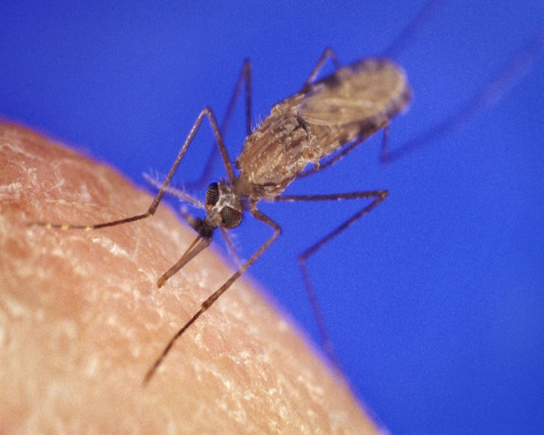What insect carries the organism that causes malaria mosquito

What insect carries the organism that causes malaria? Mosquito.
In the realm of disease transmission, one minuscule creature claims notorious notoriety - the mosquito. An innocuous buzzing insect, the mosquito has long been recognized as the primary carrier of the parasite that causes malaria, a life-threatening disease affecting millions worldwide. Let’s delve into the intricate relationship between the mosquito and the organism responsible for this debilitating illness.

The Culprit: Plasmodium Parasite
The organism behind malaria is a group of single-celled parasites known as Plasmodium. Though several species of Plasmodium exist, Plasmodium falciparum and Plasmodium vivax are predominantly responsible for causing malaria in humans. These parasites are transmitted to humans through the bite of an infected female Anopheles mosquito.
The Stealthy Transmitter
Mosquitoes are ubiquitously found on all continents, except Antarctica, and are renowned for their high adaptability to various environments. Among the thousands of mosquito species, the female Anopheles mosquitoes are the primary culprits in malaria transmission. These mosquito vectors, as they are scientifically referred to, play an indispensable role in the life cycle of the malaria parasite.

A Deadly Encounter
To understand the transmission of malaria, we must first step into the mosquito’s world. When an infected mosquito bites a human, it injects the Plasmodium parasite along with its saliva into the bloodstream. This introduces the parasite to its human host. The parasites then embark on an intricate journey through the bloodstream, reaching the liver to reproduce and mature.
In the liver, the Plasmodium parasites develop further and multiply, leading to the release of thousands of new parasites into the bloodstream. These newly formed parasites invade and infect red blood cells, causing them to rupture, releasing more parasites. This continuous cycle of infection and destruction in the bloodstream results in the characteristic recurring symptoms of malaria, such as high fevers, chills, and anemia.
Evolutionary Adaptations
The relationship between the mosquito and the malaria parasite is deeply rooted in their co-evolution. As the malaria parasite has become more adept at manipulating its vectors, the mosquitoes have developed counter-defensive mechanisms to combat infection. This evolutionary battle has shaped the transmission dynamics of malaria over millions of years.
Mosquitoes have evolved various defense mechanisms against the Plasmodium parasite, such as melanization, a process that involves encapsulating the parasite with melanin to prevent its development. They also possess an immune system that recognizes and destroys invading parasites. However, the parasites have reciprocated these evolutionary pressures by evolving strategies to evade the mosquito’s immune system, though much remains to be understood about this intricate struggle.
The Global Impact
Malaria is a significant public health concern, with an estimated 229 million cases and nearly 409,000 deaths reported worldwide in 2019 alone. The burden of malaria is particularly substantial in sub-Saharan Africa, where it disproportionately affects vulnerable populations. Efforts to combat malaria encompass a multidimensional approach, including the use of insecticides, bed nets, and antimalarial medications.
Conclusion
The mosquito’s role as a carrier of the Plasmodium parasite, which causes malaria, is a striking example of how tiny insects can wield immense influence over human health. Understanding the complexities of this relationship is crucial for developing effective strategies to prevent and treat this deadly disease. By comprehending the intricate interplay between mosquitoes and the malaria parasite, we can direct our efforts towards mitigating the impact of malaria and ultimately striving for a malaria-free future.
Source: bio.libretexts.org
Tags
Share
Related Posts
Quick Links
Legal Stuff

